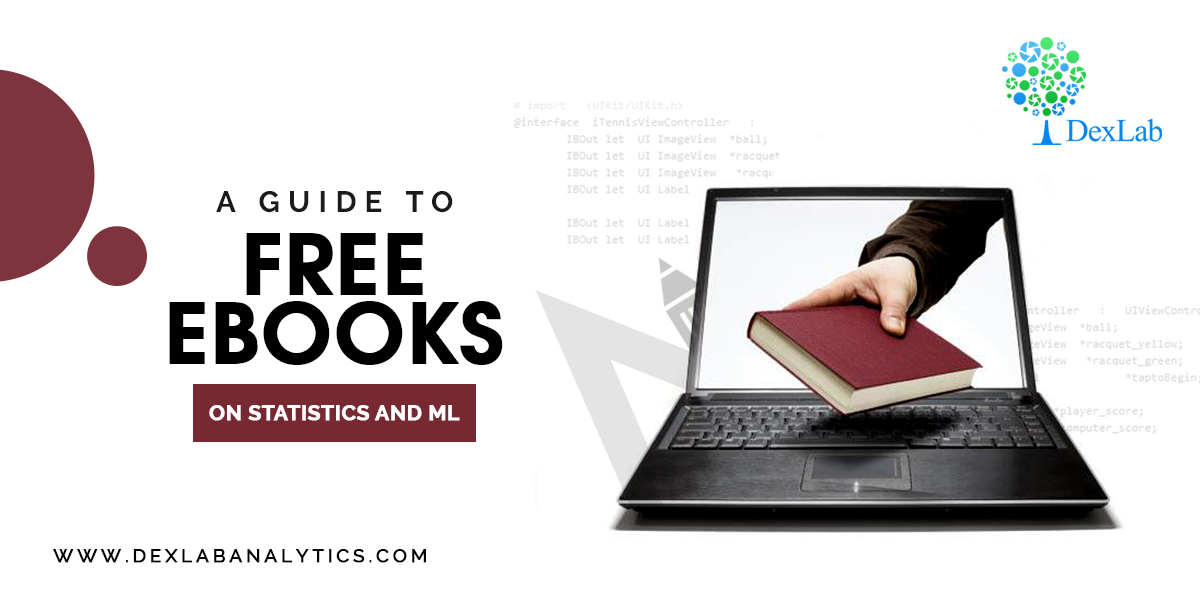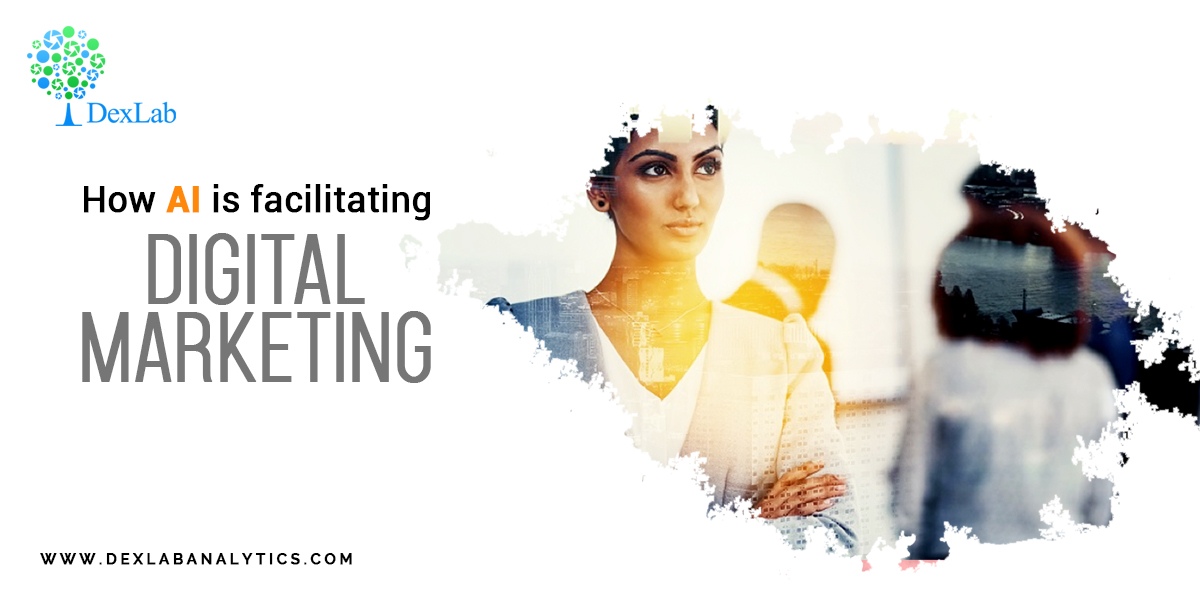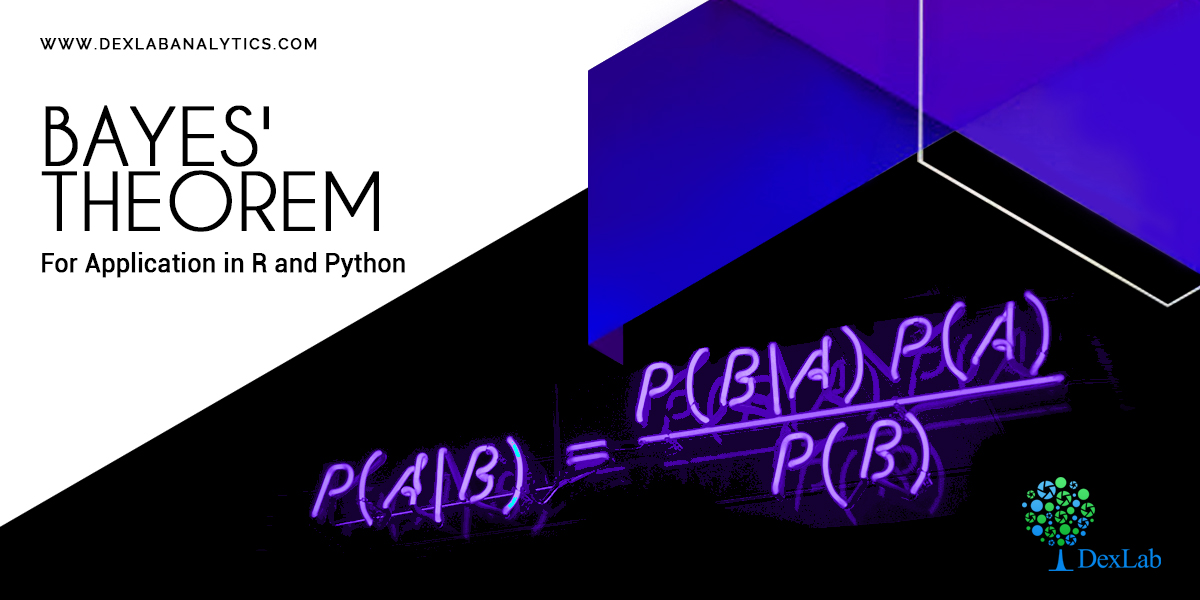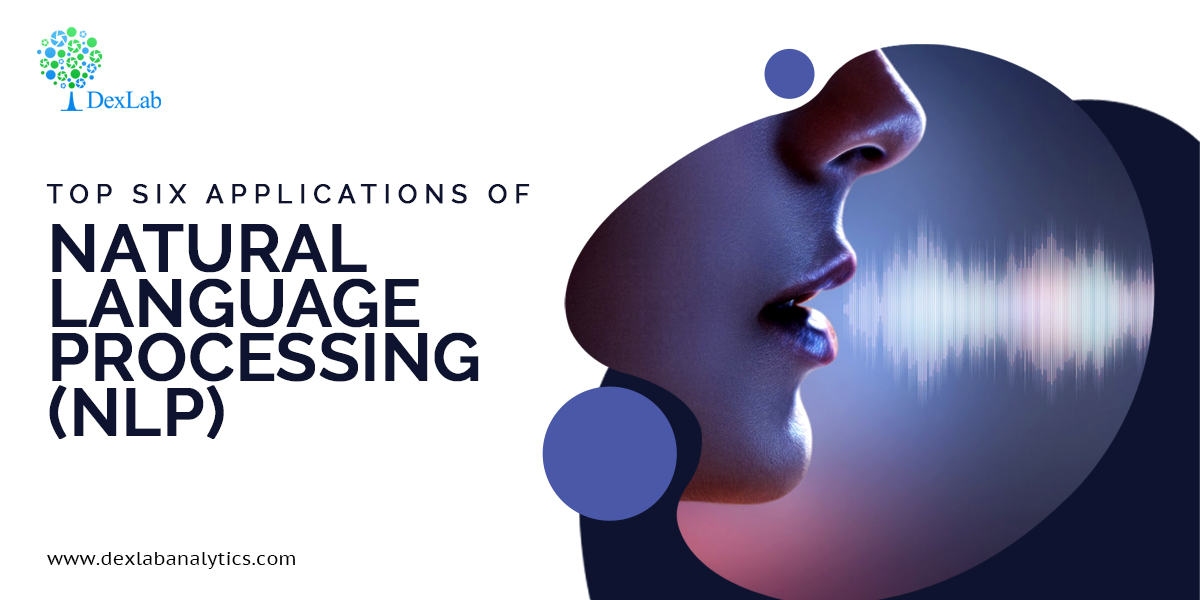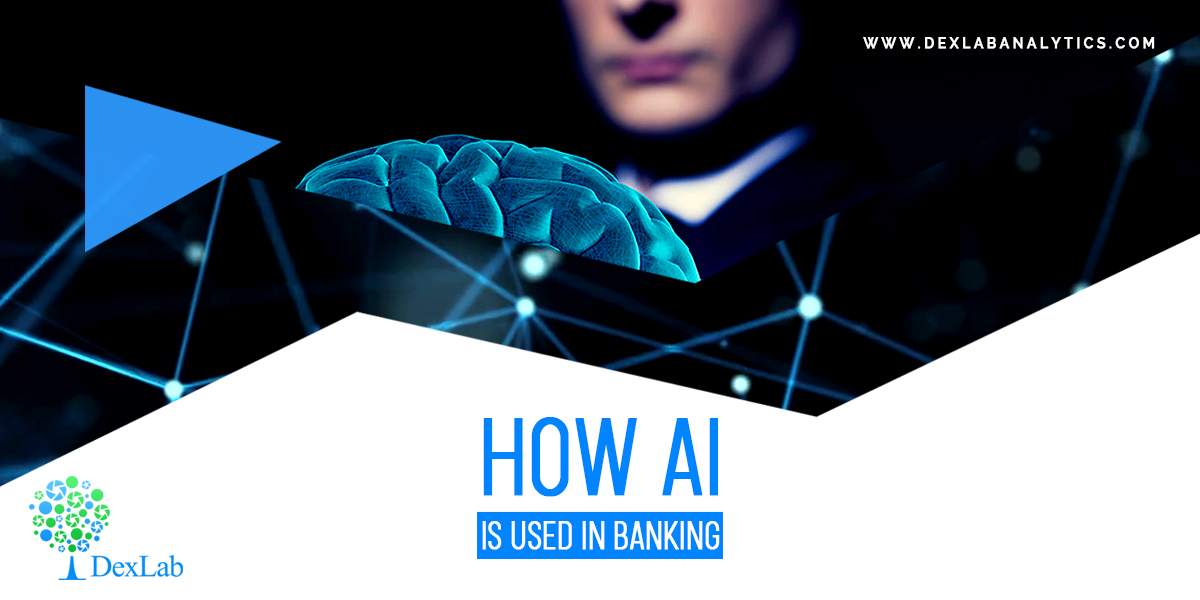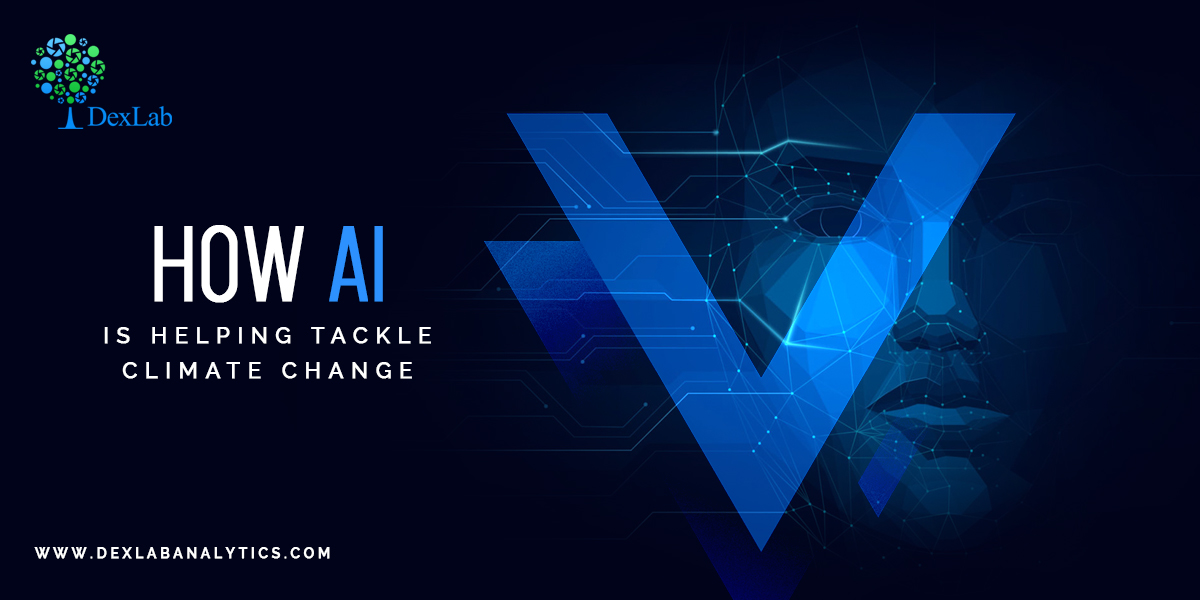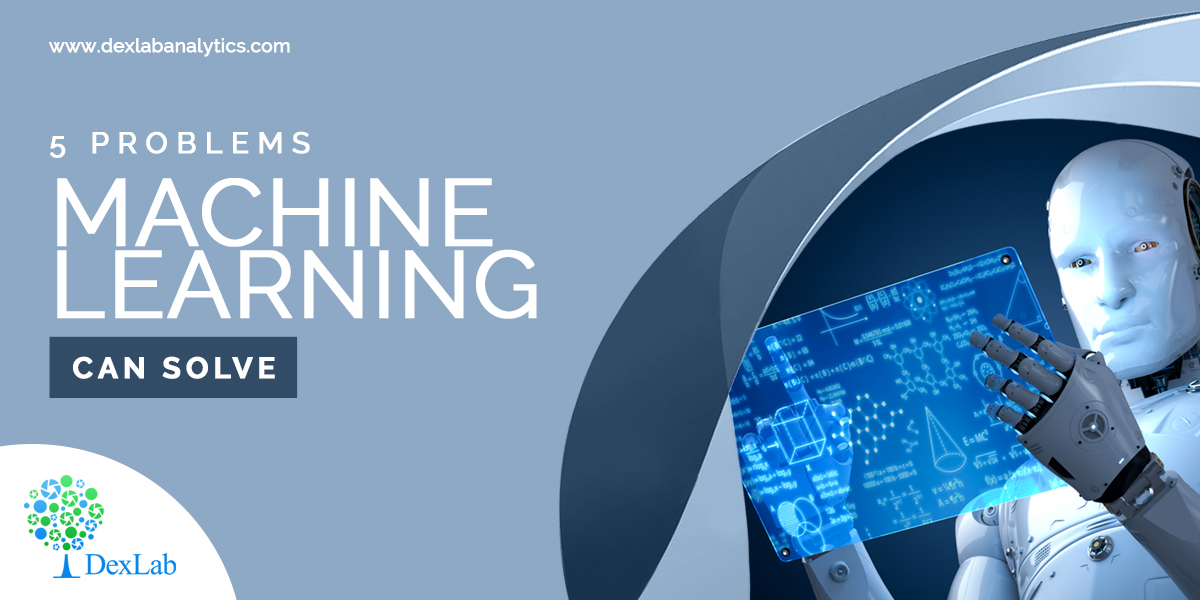Machine Learning is an acquired knowledge science. It has to be taught and studied. For this, it is imperative to have the best books on the subject at hand. However, most books on the subject are expensive and not easily accessible. This is only fair given the amount of hard word that goes into writing these books.
In a situation this critical, it is best to rely on the good old Internet for assistance. There are some good Samaritans who have chosen to make their works freely available to all. Here is a great guide to free ebooks available online so you can brush up on your concepts and be industry ready at the earliest.
Think Stats – Probability and Statistics for Programmers by Allen B Downey
For the free ebook click here http://www.greenteapress.com/thinkstats.
This is an introduction to statistics and probability for those who have a basic grounding in Python programming. “It’s based on a Python library for probability distributions (PMFs and CDFs). To make things easier for the reader, most of the exercises have short programs,” says a report.
Bayesian Reasoning and Machine Learning by David Barber
For the free ebook click here http://web4.cs.ucl.ac.uk/staff/D.Barber/textbook/091117.pdf.
When it comes to Bayesian statistics, this book is a classic. “This takes a Bayesian statistics approach to machine learning.”This is a book worth checking out for anyone getting into the machine learning field and trying to make a career out of the subject.
An Introduction to Statistical Learning by Gareth James, Daniela Witten, Trevor Hastie and Robert Tibshirani
For the free ebook click here http://faculty.marshall.usc.edu/gareth-james.
This popular entry is an introduction to data science through machine learning. “This book gives clear guidance on how to implement statistical and machine learning methods for newcomers to this field. It’s filled with practical real-world examples of where and how algorithms work. For those with an inclination towards R programming, this book even has practical examples in R.”
Understanding Machine Learning by ShaiShalev-Shwartz and Shai Ben-David
For the free ebook click here https://www.cse.huji.ac.il/~shais/UnderstandingMachineLearning/index.html.
“This book gives a structured introduction to machine learning. It looks at the fundamental theories of machine learning and the mathematical derivations that transform these concepts into practical algorithms. Following that, it covers a list of ML algorithms, including…stochastic gradient descent, neural networks, and structured output learning.”

A Programmer’s Guide to Data Mining by Ron Zacharski
For the free ebook click here http://guidetodatamining.com.
This book has chapters covering recommendation systems. “It takes a…visually entertaining look at social filtering and item-based filtering methods and how to use machine learning to implement them. Other concepts like Naive Bayes and Clustering are also covered. There is a chapter on Unstructured Text and how to deal with it, in case you are thinking about getting into Natural Language Processing. Examples in Python are also available in case you want to practice.”
For more on Machine Learning do peruse the DexLab Analytics website. DexLab Analytics is a premiere institute offering Machine Learning courses in Delhi.
.
